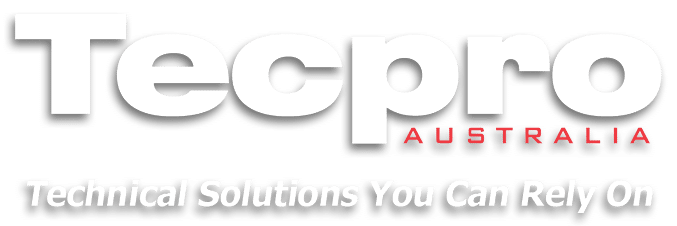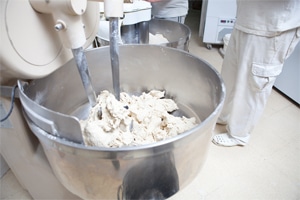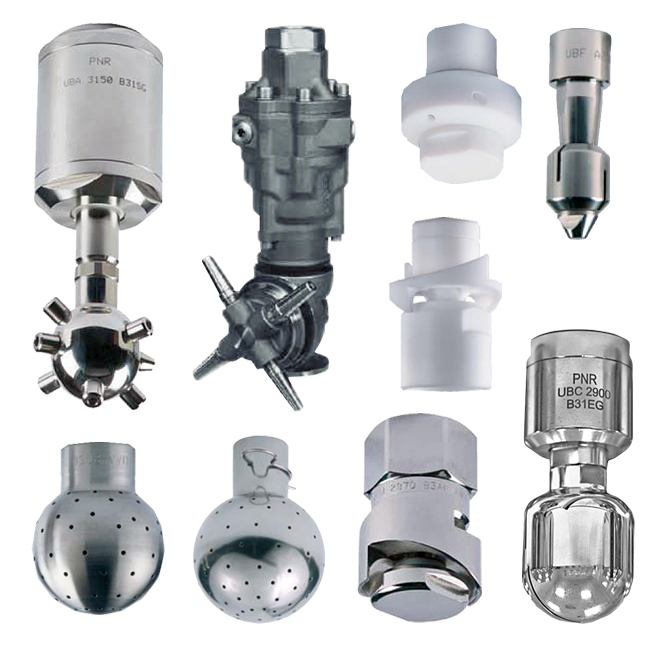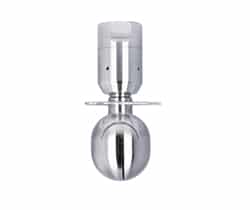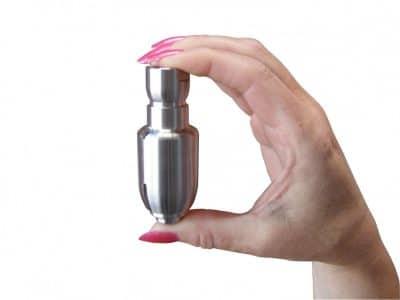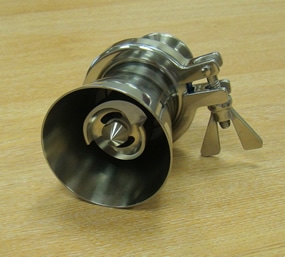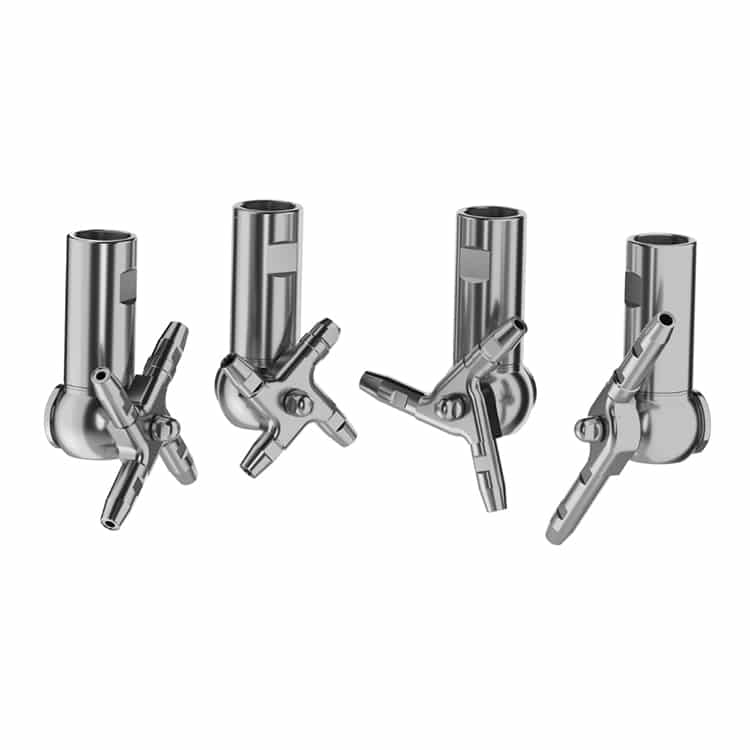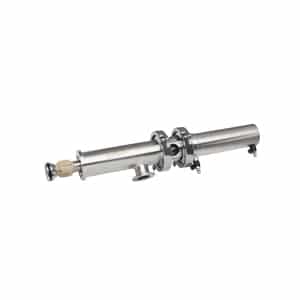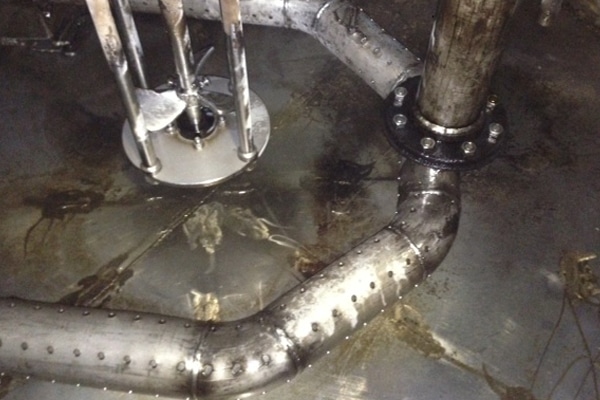Mixer Washing & Blender Washing
Cleaning and washing mixers and blenders is an essential part of maintaining hygiene, preventing cross-contamination, and ensuring the quality of food, pharmaceuticals, and other products processed in these machines. The cleaning process is critical to remove residues, bacteria, and other contaminants that may accumulate during production.
1. Types of Mixers and Blenders:
- Batch Mixers:
- These mixers process a specific quantity of material in a single batch. Examples include ribbon blenders, paddle mixers, and planetary mixers.
- Continuous Mixers:
- Continuous mixers operate continuously, allowing a continuous flow of materials through the mixing chamber. Examples include screw mixers and high-shear mixers.
2. Steps in Mixer and Blender Washing:
- Preparation:
- Before starting the washing process, ensure that the mixer or blender is shut down, and any remaining materials are removed.
- Dry Cleaning:
- Dry cleaning involves removing loose or dry residues manually using brushes, scrapers, or compressed air. This step helps minimize the amount of water and cleaning agents needed in the subsequent wet cleaning.
- Dismantling (if applicable):
- For mixers and blenders with removable parts, such as blades or agitators, these components may be dismantled for thorough cleaning. Ensure that the dismantling and reassembly are done according to the manufacturer’s guidelines.
- Wet Cleaning:
- Wet cleaning involves using water, detergents, and sanitizing agents to remove remaining residues and contaminants. This step helps ensure the elimination of bacteria and other microorganisms.
- CIP (Clean-In-Place) Systems:
- Some mixers and blenders are equipped with CIP systems that allow cleaning without dismantling the equipment. CIP systems use a combination of tank cleaning nozzles, water, cleaning solutions, and high-velocity flow to clean the interior surfaces.
- Sanitization:
- After cleaning, sanitization is crucial to kill any remaining bacteria or microorganisms. This step helps maintain the hygiene and safety of the equipment.
- Rinsing:
- Thorough rinsing with clean water is essential to remove cleaning agents and residues. Residual cleaning agents can affect the quality and safety of subsequent batches.
- Drying:
- Drying is important to prevent the growth of bacteria and mould in damp areas. Some mixers and blenders may have built-in drying systems, or manual drying methods such as air drying may be employed.
3. Cleaning Agents and Solutions:
- Detergents:
- Mild detergents are commonly used for removing oily or sticky residues from mixers and blenders.
- Sanitizing Agents:
- Sanitizing agents such as chlorine-based compounds or hydrogen peroxide are used to eliminate bacteria and other microorganisms.
- Acidic Cleaners (if applicable):
- In some cases, acidic cleaners may be used to remove mineral deposits or scale buildup.
4. Considerations for Mixer and Blender Washing:
- Material Compatibility:
- Ensure that the cleaning agents and sanitisers used are compatible with the materials of construction of the mixer or blender to avoid damage.
- Validation and Verification:
- Establish validation and verification processes to ensure that the cleaning procedures are effective and meet regulatory requirements.
- Frequency of Cleaning:
- The frequency of cleaning depends on the type of materials processed, production schedules, and regulatory requirements. Regular cleaning is essential to prevent cross-contamination.
- Personnel Training:
- Proper training of personnel involved in the cleaning process is crucial to ensure adherence to standard operating procedures (SOPs) and best practices.
- Regulatory Compliance:
- Compliance with food safety and quality standards, pharmaceutical regulations, or other relevant industry standards is essential for mixer and blender washing processes.
Effective cleaning and washing of mixers and blenders is essential to maintain product quality, prevent contamination, and comply with industry regulations. The specific cleaning procedures may vary depending on the type of mixer or blender, the materials processed, and the industry requirements. Manufacturers often provide guidelines and recommendations for cleaning and maintenance in the equipment’s user manual.
Founded in 1982, Tecpro Australia has developed an enviable reputation for providing reliable and cost-effective technical solutions for a vast range of industrial applications. Products suitable for mixer & blender washing application include:
* Spray Nozzles
* Hose Guns & Foaming Units
* Hose Reels
* CIP Tank Cleaning
Our customers benefit from the following:
• Access to a broad range of quality solutions and technical advice
• Local sales support and customer service with a focus on integrity and honesty
• Over 30 years’ experience of providing expertise and solutions
• Quality European manufactured products.
